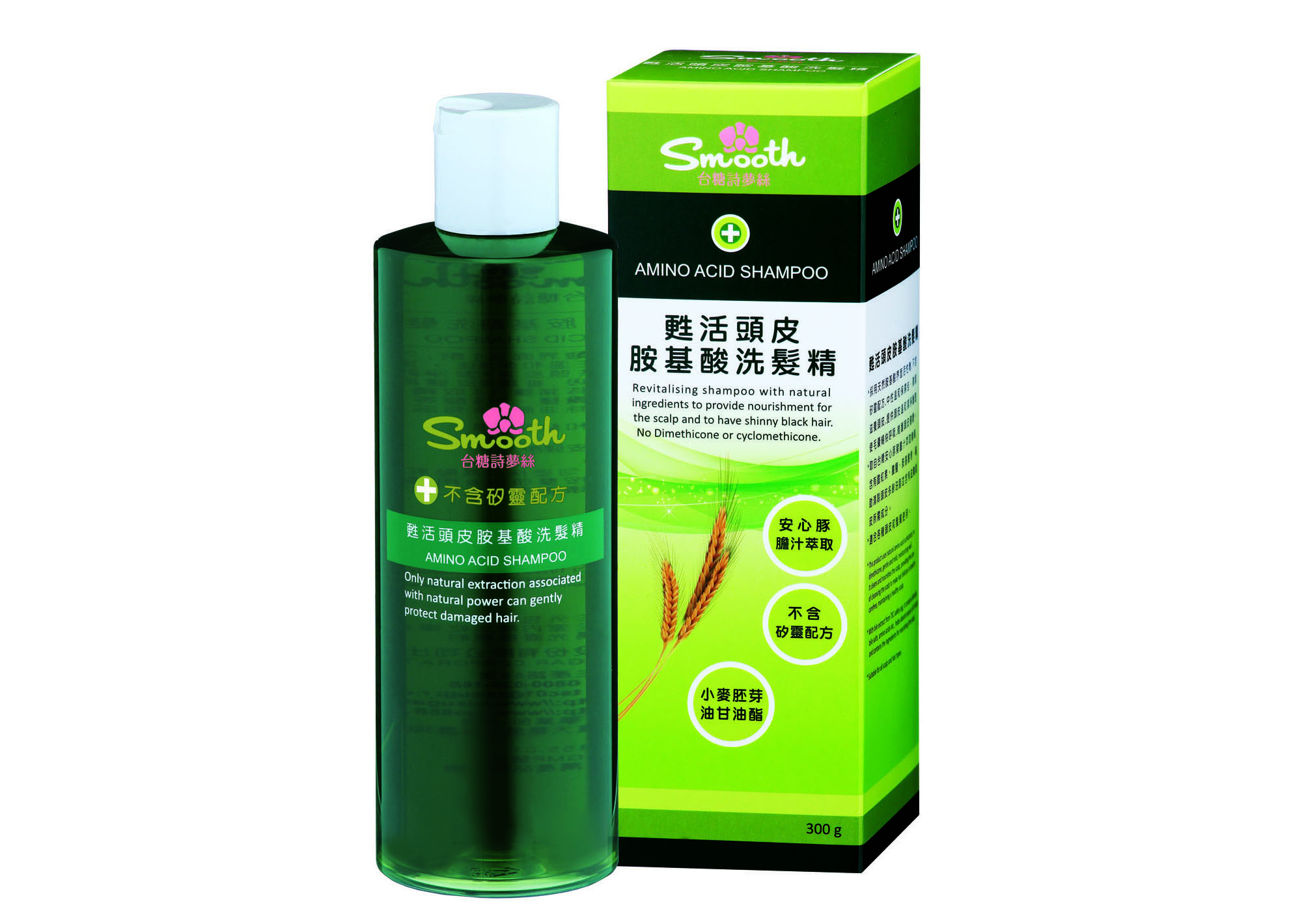Background and Goals
- To reduce livestock waste emissions and implement circular economy and resource reuse, Taiwan Sugar Corporation (TSC) plans to transform leftover parts and waste from pork meat cutting into high-value raw materials, thereby enhancing product value and revenue.
- Whole Pig Utilization Project 1.0: Focuses on carcass grading, precise cutting, processing of remaining parts, and resource utilization of waste materials like manure, urine, and non-edible parts.
- Whole Pig Utilization Project 2.0: Emphasizes premiumization and high-value meat products, such as small-package frozen meats and frozen and shelf-stable processed items.
- Whole Pig Utilization Project 3.0: In the future, TSC aims to provide bio-medical material pigs and collaborate with medical centers and private biomedical institutions to develop medical devices utilizing parts from these pigs.
Implementation Progress
- Beneficial bacteria have been isolated from pig intestines for applications in pig disease prevention, such as producing viral structural proteins. The research has explored using a piglet E. coli diarrhea vaccine as a subject.
- Lard is extracted from leftover fatty pig tissue for use in feed production, serving as a source of fat for sows and piglets.
- TSC has utilized placenta extract technology from pig placentas and hydrolyzed pig skin to produce collagen for its cosmetic and skincare products.
- Following the processing of TSC's "Taiwan Sugar Safe Pork," the company recycles leftover pig bile. The bile essence is extracted, and its components, including bilirubin, bile salts, and amino acids, are effectively added to shampoos using specialized extraction techniques. This has resulted in "Taiwan Sugar Dream Silk Revitalizing Scalp Amino Acid Shampoo," a natural shampoo product that promotes health and peace of mind for consumers. This initiative fully exemplifies circular economy principles and has received the Silver Award for Product Innovation at the "2019 Taiwan Circular Economy Awards."
- Pig manure and urine (biogas residue) generated by livestock farms are rich in nitrogen, phosphorus, potassium, calcium, magnesium, copper, iron, and manganese. After composting and fermentation, this material becomes a valuable organic fertilizer for crops. Reclaimed and treated biogas slurry is used for irrigation in the surrounding fields, providing fertilizer for environmental afforestation zones and crops such as corn, soybeans, and foxtail millet.
- Properly collected pig manure and urine from livestock farms can be fermented to produce biogas, which can then be used for biogas power generation, achieving a circular economy of resource reuse.
Future Development
- Extract liver essence from pig livers for use in health foods.
- Utilize pig blood from slaughtered animals to produce blood iron peptides, which can replace iron and protein in animal feed.
- Develop bone morphogenetic protein (BMP) products from pig bones and bone meal.
- Extract heparin from pig small intestines for use as an anticoagulant in medical applications.
Expected Benefits
High-value utilization of pigs will effectively reduce waste generation and maximize the value of pig farming. This will contribute to economic development, create jobs in related biomedical industries, and minimize the environmental impact of waste.




